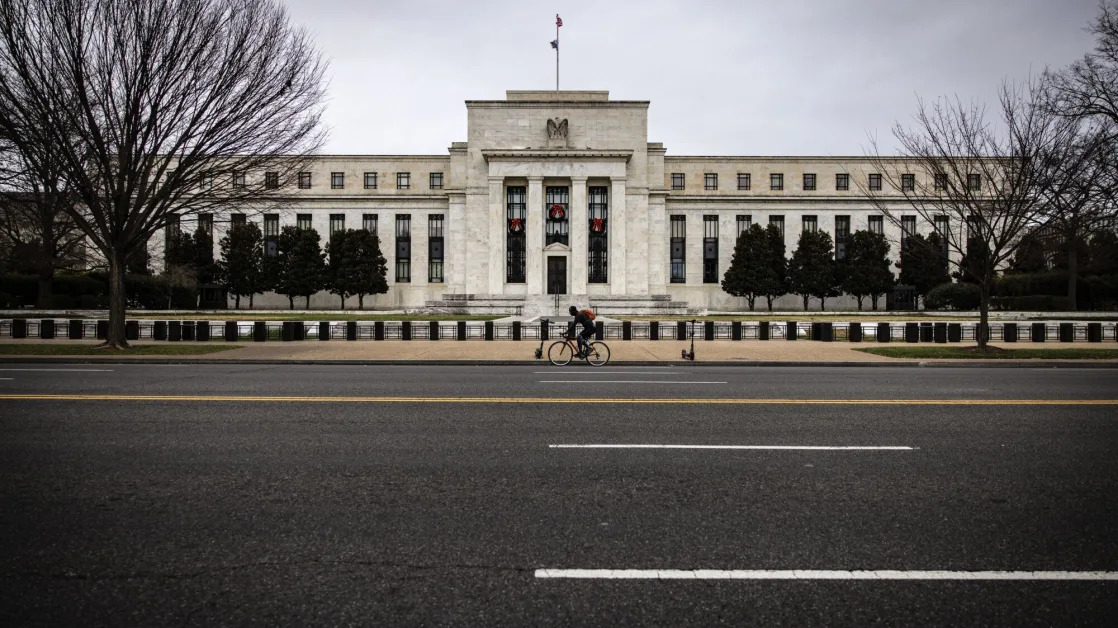(Bloomberg) -- Federal Reserve Bank of St. Louis President Alberto Musalem said it may be appropriate to pause interest-rate cuts as soon as this month, emphasizing incoming data will guide his decision.
Musalem indicated Wednesday that he wants to keep all options open ahead of the Fed’s next meeting on Dec. 17-18. The St. Louis Fed chief said he’d likely favor lowering rates over time, but backed a patient approach, saying the risks of cutting borrowing costs too quickly are greater than those of easing too little.
“It seems important to maintain policy optionality, and the time may be approaching to consider slowing the pace of interest rate reductions, or pausing, to carefully assess the current economic environment, incoming information and evolving outlook,” Musalem said at the Bloomberg & Global Interdependence Center Symposium in New York.
Asked if he thought officials should pause rate cuts at their meeting in two weeks, Musalem said the exact timing will depend on what happens with the economy. “It might be December, it might be January. Could be later,” he said.
The policymaker said officials will be able to review more data on inflation, retail sales and employment before their decision this month. The November jobs report will be released Friday. “I’m going to wait until I see that data, until I can be assured in which way I’m leaning,” he added.
Musalem reiterated the Fed is close to achieving its goals for employment and price stability, and that monetary policy is well positioned. He described policy as “moderately restrictive.”
Fed officials have lowered interest rates by three quarters of a percentage point since September. Some officials are calling for a cautious approach to interest rate cuts amid choppy inflation data and signs of a durable labor market.
Richmond Fed President Tom Barkin, who also spoke Wednesday, said he supports a slower path of rate cuts to get policy to a “somewhat restrictive level.”
“To me, normalizing is a slower, more careful path to try to bring rates down to neutral,” Barkin said at a CNBC event in Washington.
Inflation Risks
Musalem said he expects inflation to converge toward the Fed’s 2% target over the next two years. Still, he added, data released since September suggest a greater risk that progress on prices “could stall, or possibly reverse.”
In addition, he said policymakers should move cautiously because it’s not clear where the neutral rate is — the level at which the Fed is not stimulating or slowing growth. And he said it’s not certain that productivity growth will be sustained.
Looking ahead to the Fed’s upcoming review of its longer-term strategy framework, Musalem said he’d like to see the central bank adopt an approach that’s “robust to different states of the world.”
The framework unveiled in 2020, he said, reflected concerns of the time about interest rates being near zero. That included fears the central bank would be unable to appropriately support the economy in a downturn in a low interest-rate world. “Now, we’re in a different world,” he said.
--With assistance from Catarina Saraiva.
(Updates with additional comments from Musalem and Richmond Fed’s Tom Barkin.)


